Ship to: 43215 Update

Plants Filter
Current Filters
Plant Type
Ivy
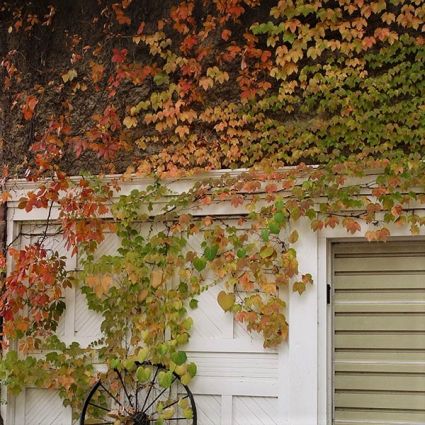
Engelman Ivy Virginia Creeper
Starting at $128
30% Off
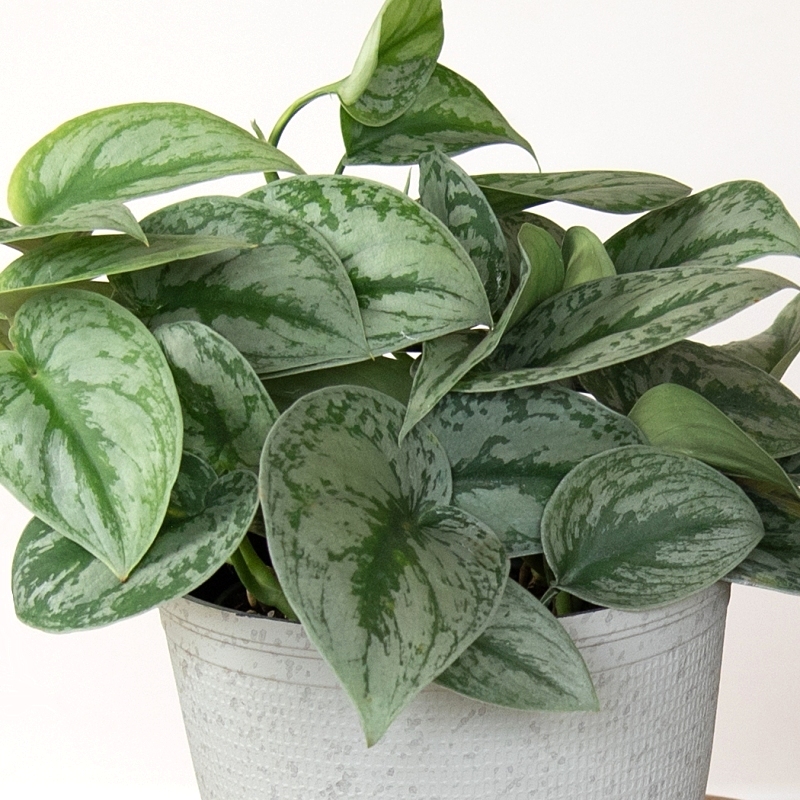
Pothos 'Silver Satin'
Starting at $50
30% Off
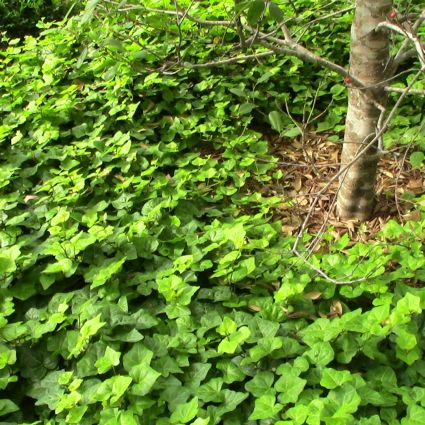
English Ivy
Out of Stock
30% Off
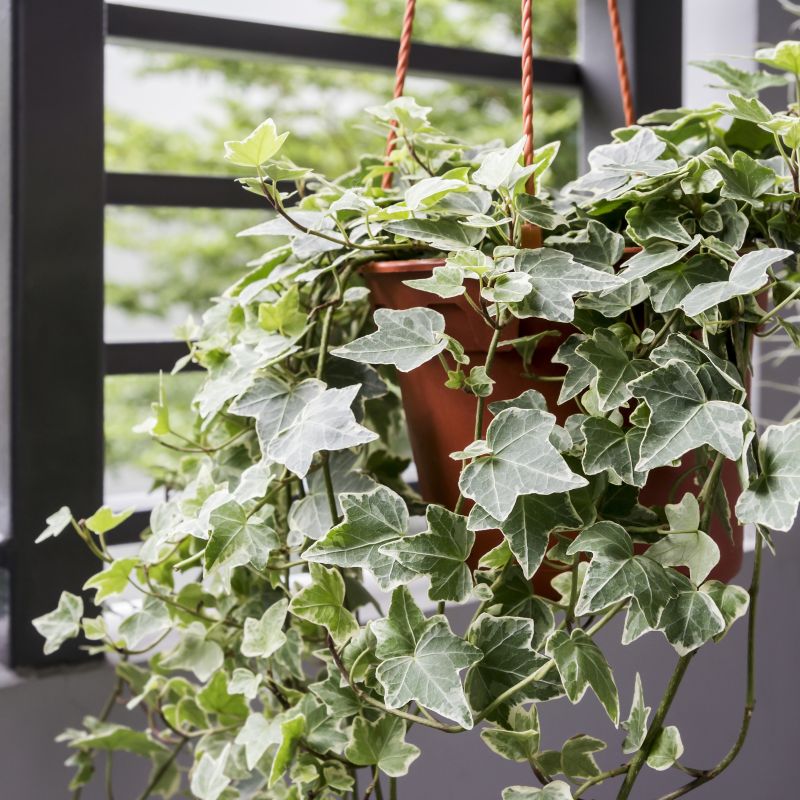
Hedera English Ivy
Out of Stock
30% Off

Pothos Silver Satin
Out of Stock
30% Off
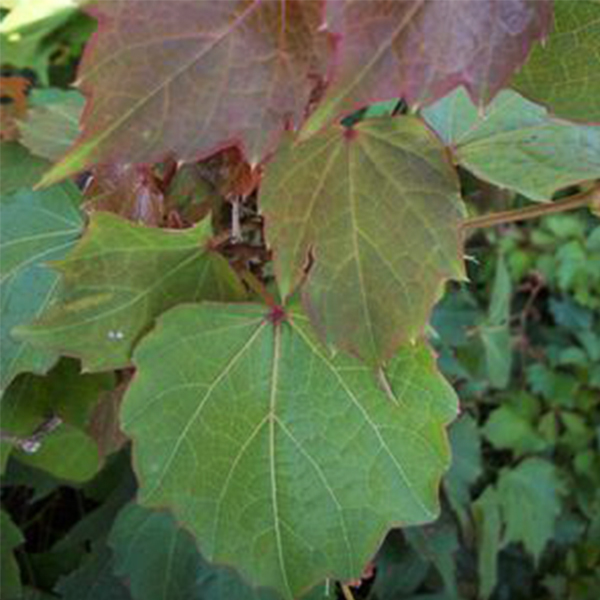
Robusta Boston Ivy
Out of Stock
30% Off
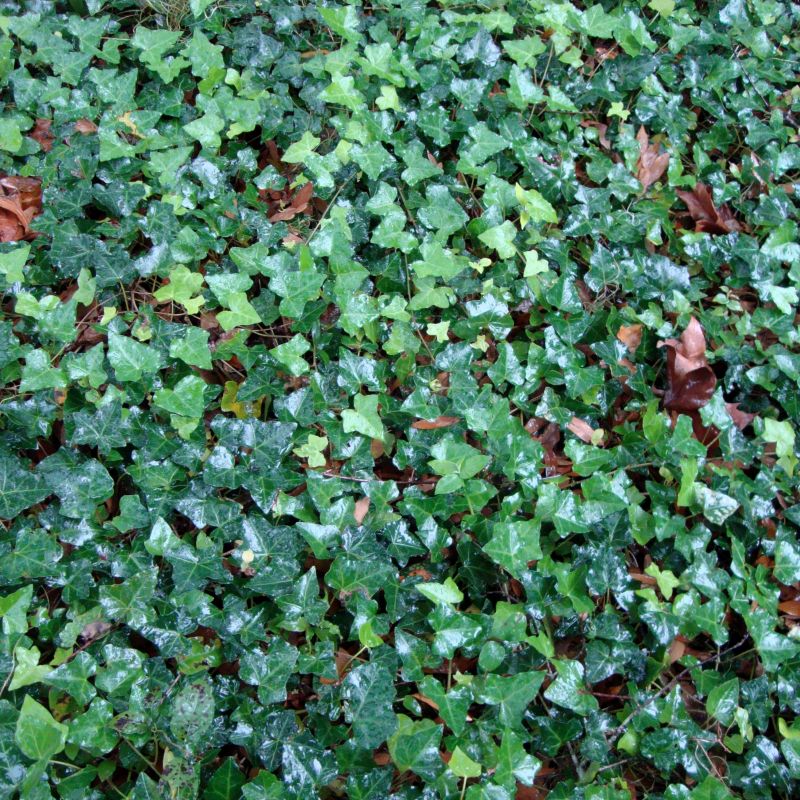
Thorndale English Ivy
Out of Stock
30% Off
Ivy Products
Ivy is a common name that refers to several species of evergreen climbing or trailing plants in the genus Hedera. These plants are part of the Araliaceae family and are native to various regions across Europe, Asia, and North Africa. Ivy is well-known for its attractive, glossy, and often variegated leaves, which can climb and cover walls, fences, and other surfaces. It is a versatile and vigorous plant, capable of providing lush greenery to both indoor and outdoor spaces.
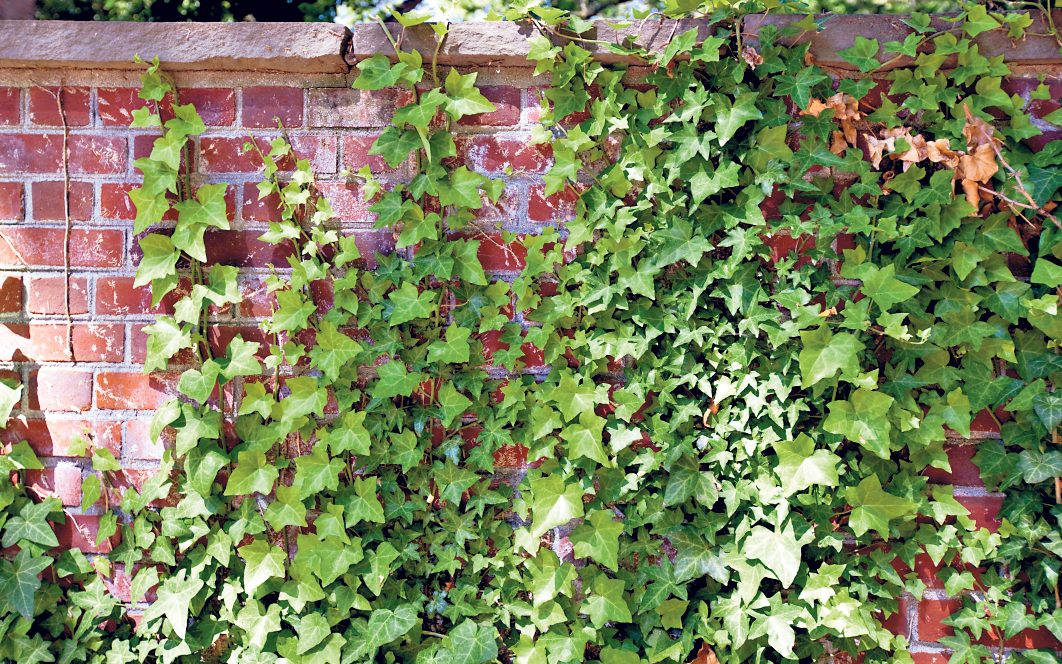
Common Types: There are several species and cultivars of ivy, with some popular ones being:
- English Ivy (Hedera helix): A well-known and widely grown species, featuring dark green, lobed leaves and a vigorous climbing habit.
- Algerian Ivy (Hedera canariensis): Similar to English Ivy but with larger, more leathery leaves and slightly different growth habits.
- Variegated Ivy (Various species): These are ivy varieties with leaves displaying attractive variegation, featuring contrasting colors or patterns.
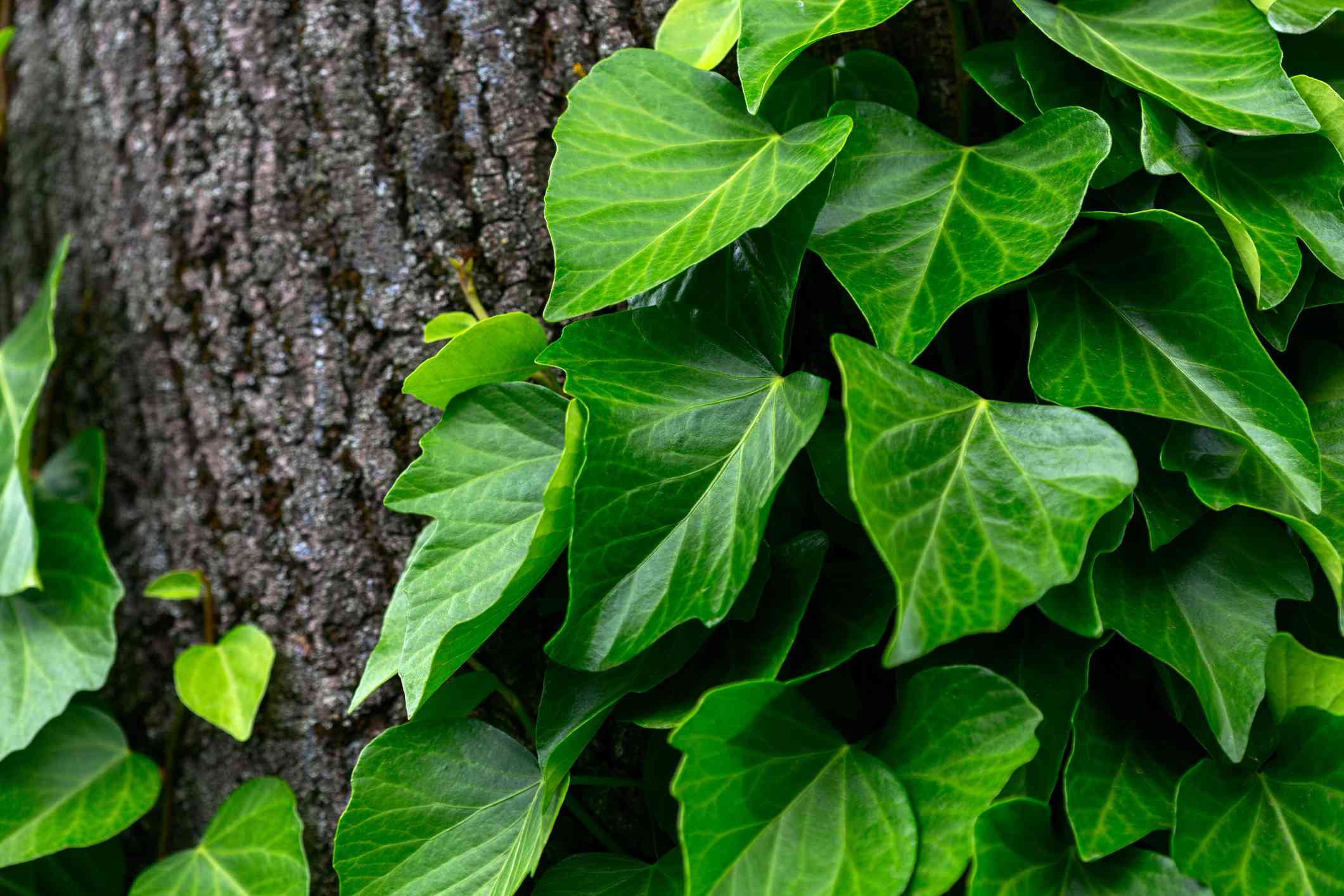
Care Tips:
- Light: Ivy can thrive in various light conditions, from full sun to deep shade. However, it typically prefers bright, indirect light when grown indoors.
- Soil: Well-draining soil is essential for ivy. It can grow in different soil types but prefers fertile and slightly acidic soil.
- Watering: Keep the soil consistently moist, but avoid waterlogged conditions. Allow the top inch of soil to dry before watering again.
- Support: Provide support for climbing ivy by offering trellises, walls, or other structures for it to attach and grow.
- Pruning: Regularly trim back the ivy to control its growth and encourage bushier growth. Pruning can also help manage its size and prevent it from becoming invasive.
- Fertilization: Ivy generally doesn't require heavy fertilization. Applying a balanced liquid fertilizer during the growing season can support healthy growth.
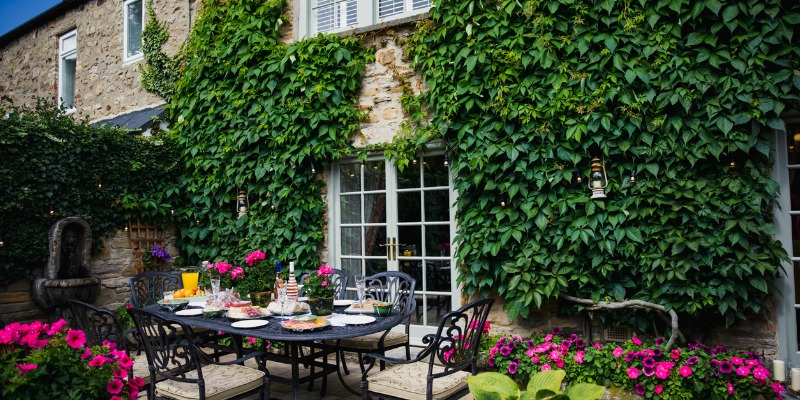
Uses:
- Vertical Greenery: Ivy is widely used as a climbing plant to cover walls, fences, and trellises, providing a lush and green backdrop.
- Indoor Houseplant: Certain ivy varieties make popular houseplants, adding a touch of greenery to indoor spaces.
- Ground Cover: Some low-growing ivy species are used as ground covers in landscapes, filling in bare areas with their dense growth.
- Topiary and Hanging Baskets: Ivy is suitable for creating topiaries and is also used in hanging baskets and container arrangements.
Ivy is admired for its ability to transform outdoor and indoor spaces into green oases and its capacity to add visual interest and texture to various settings. While ivy's climbing nature is appreciated for its ability to create green walls and privacy screens, its adaptability as a houseplant makes it a favorite among indoor gardeners looking to bring a touch of nature into their homes.
Item has been added to your cart.

